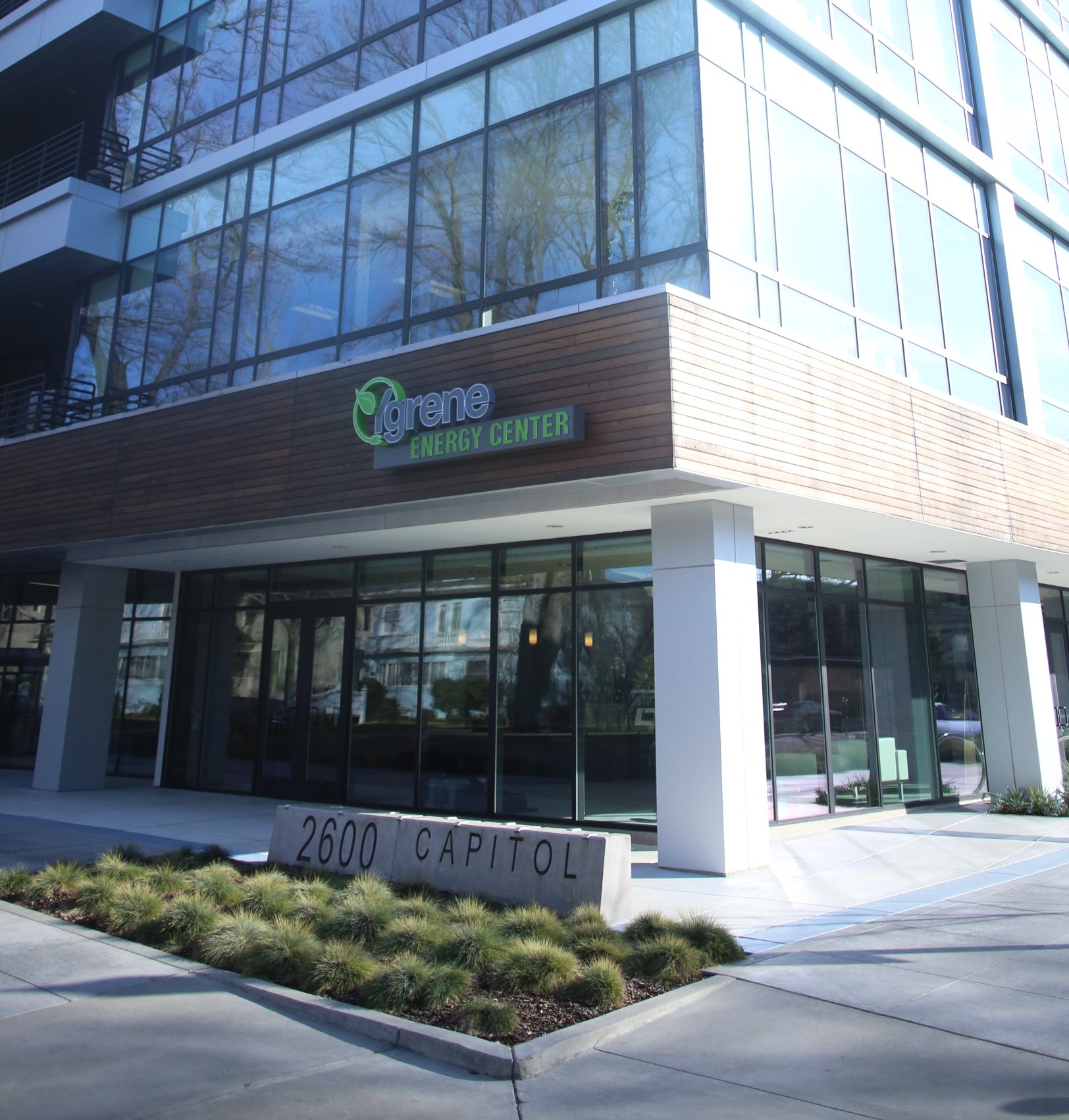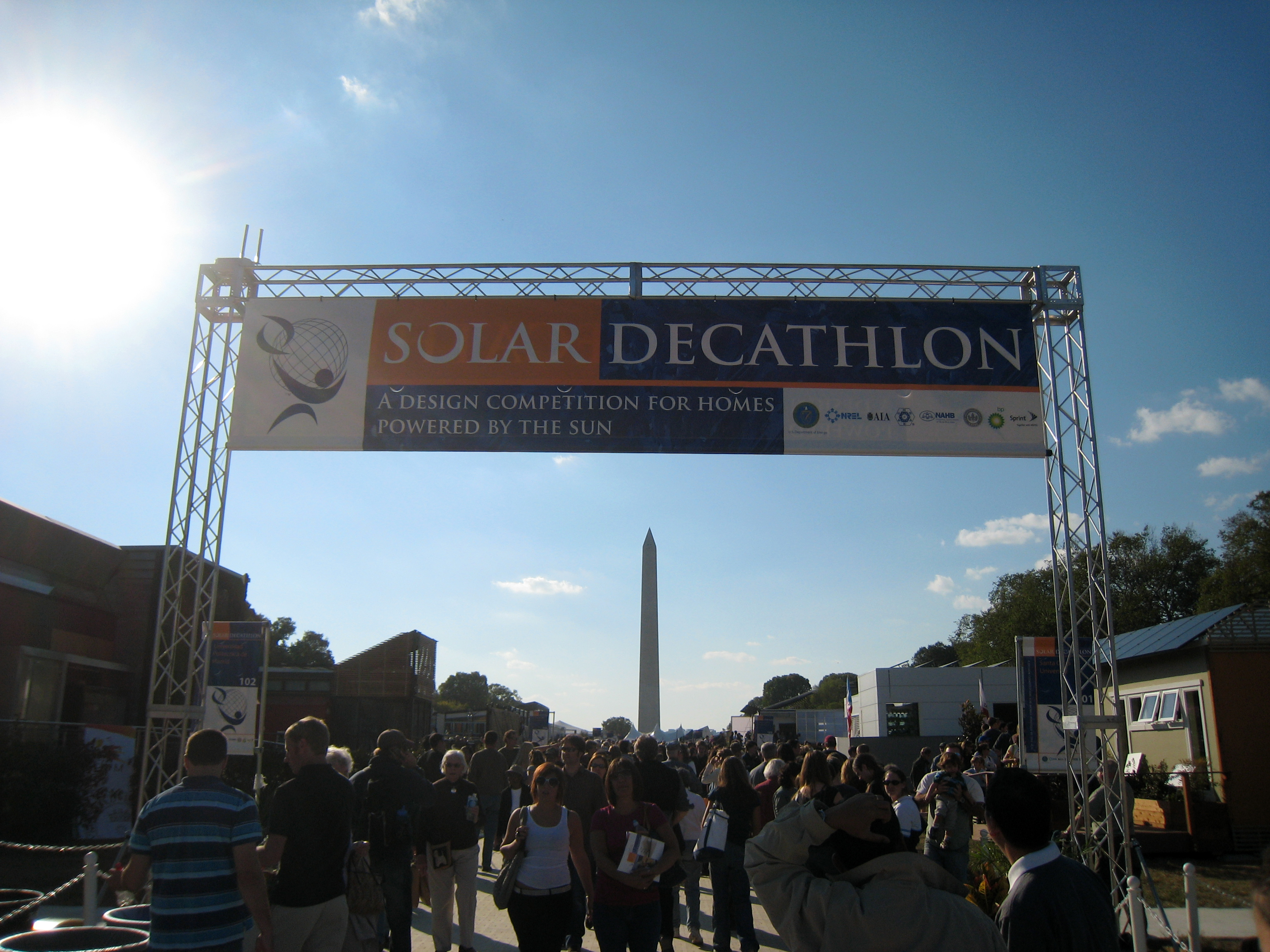The California Department of Public Health (CDPH) Fatality Assessment and Control Evaluation (FACE) program recently embarked on an effort to produce and release to the public work-place safety videos. Its second is a four-minute video that tells the tragic story of a solar panel installer’s 45-foot fall from the roof of a three-story apartment building.
The pre-project plan called for fall protection on the project due to the distance of the sloped roof to the ground and the slope of the roof, including 100% tie off on the sloped roof with single-D anchors, yo-yo type fall restraint life and full-body harness. It was not known how often management surveyed compliance with the fall protection plan on the job sites. On the first day of the particular project, a safety meeting was held by the project manager who told the work crews that fall protection safety equipment would be required when working on the roofs. The employer had an Injury and Illness Prevention Program (IIPP) that included, among other things, safety meetings, training and incentive and disciplinary measures. The IIPP incorporated guidance on the use of pre-project plans and job hazard analyses to evaluate work-place safety hazards. Its training program included new employee orientation, specific on-the-job training, job site orientation and weekly safety meetings.
On the day of the incident, however, none of the employees were tethered to the roof and no other fall-protection safety equipment was in place. One junior solar panel installer, while checking the alignment of the brackets that would hold the panels and walking backwards to get a better view, stepped off of the edge of the roof, falling three stories.The installer had underwent new employee orientation and had been receiving on-the-job training.
The FACE investigator that reviewed the incident determined that in order to prevent future incidents of a similar nature, contractors who install solar panels on roofs should ensure: (A) employees wear fall protection safety equipment when working on sloped roofs with identified fall hazards, and (B) worksite safety procedures and practices for fall protection are developed and implemented. In particular, fall protection safety equipment should be worn by employees working on sloped roofs greater than 30 degrees or whose work exposes them to a risk of a fall of greater that 7 1/2 feet. The two types of fall protection safety equipment typically used on roofs are: (1) a personal fall restraint (PFR) system and (2) a personal fall arrest (PFA) system. The former consists of anchorages, connectors, lanyards, and a body harness configured to prevent the employee from falling. The latter consists of anchorages, connectors, a deceleration device, and a body harness configured to stop the employee during a fall.
The FACE Investigator’s report, California Case Report 10CA003, suggests that a project pre-plan could include (1) a signature page which all employees on the job site were required to sign prior to starting work on the project, verifying that the worker was aware of his/her safety responsibilities and proving the worker with an opportunity to ask questions, clarify any misunderstandings, or request additional guidance, (2) initial and periodic inspections and audits of the job site by management personnel, identifying any safety hazards and correcting any unsafe practices on an ongoing basis. Corrective action could include progressive disciplinary measures, as well recognition or rewards for consistent compliance withe the safety plan.
With the growth in number of solar panel installations over the last number of years and expectation that this will continue due to the call for additional renewable energy sources, FACE recognized that there is an increasing number of solar installation workers exposed to fall hazards. The video explains the events that lead up to the fatal fall, and highlights fall-prevention safety recommendations. Photographs from the investigation supplement the project scenes recreated by the deceased installer’s co-workers. FACE encourages contractors to include its videos in their work-place safety training materials.
FACE has produced and released two other work-place safety videos, one on preventing falls through skylights and preventing wood chipper fatalities.
Additional Solar Work-Place Safety Training Materials: FACE Flash No. 1; FACE Facts No. 20; FACE Facts No. 21
Additional Sources: FACE Facts No. 24; California Licensed Contactor Newsletter (Summer 2012); ISHN Magazine






